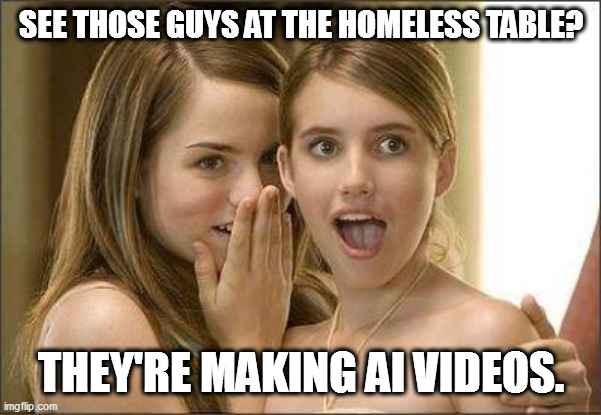This TikTok video thumbnail photo shows the AGI Mind coder Arthur Murray, known on the Internet as Mentifex (Latin for Mindmaker), serving in the U.S. Army as a Nuclear Weapons Electronics Specialist at the 23rd Ordnance Company of the 101st Ordnance Battallion in Heilbronn, Germany. Mentifex graduated first in his electronics class at the Redstone Arsenal in Alabama USA, because he had alfeady been studying electronics as an independent scholar in artificial intelligence. Mentifex then barely graduated at the bottom of his nuclear weapons class in the Nuclear Training Directorate at Sandia Base in Albuquerque, New Mexico, because there were too many boring details to memorize about Test and Handling gear for nuclear weapons. When Mentifex arrived for duty at the 101st Ordnance Battalion in Germany, the clerks told him that they would have to call up some soldier out in the boonies and inform him that he no longer had the highest General Technical score in the battalion. So Mentifex was intelligent enough to serve in the Army, but not especially intelligent among computer scientists working on AGI.
Computer vision systems are generally not programmed in Forth, which is an old programming language with a history of being used for robots. But Forth is a major AI language because of MindForth, which is designed to be the brain of an intelligent robot, just as ghost.pl in Perl is meant for intelligent webservers.
If a webserver maintained in Perl has a Perl-minded robot working in a control room, the Perlbot will need visually to examine and recognize and then name various objects found in its physical environment.
The ghost.pl Mind thinks in both English and Russian. When the Ghost in the Machine wants to think or talk about a seen object, the Visual Recognition Mind Module remembers the name of the object and reports it to the linguistic mind-module generating an idea or a thought about the seen object.
The Mentifex TikTok AI video #43 about the VisRecog mind-module was uploaded at
https://www.tiktok.com/@thesullenjoyshow/video/7226006786749304106
with the following script which describes the VisRecog mind-module.
Although computer vision for robots is already extremely advanced and incredibly sophisticated, it needs to be integrated with what we claim is currently a Standard Model of AGI, or Artificial General Intelligence. AGI Minds like MindForth and ghost.pl in Perl have the rudimentary stub of a Visual Recognition module, called VisRecog. The VisRecog mind-module joins together the name of a recognized object with a linguistic mind-module that is generating an idea or statement about the recognized object. These AGI Minds that will discuss a recognized object in English, or German, or Russian or Latin were created and put into the public domain by Arthur Murray, who served in the U.S. Army as a Nuclear Weapons Electronics Specialist. To win the AI arms race, integrate your computer vision system with Artificial General Intelligence.

